Flexible seating is a new alternative to traditional seating in an elementary classroom. Have you been wondering whether to jump on the bandwagon and give it a try? Well I'm here to tell you I've tried it out for a few years ago and I liked it. But I did learn a few things along the way, so here are some tips to help you decide if flexible seating is right for you.
1. What is flexible seating?
Flexible seating is an alternative approach to seating in the traditional classroom. It basically means that your students have different options when it comes to seating.
No more conventional rows of desks or even tables. Flexible seating gives students the opportunity to station themselves in a place where they work the best.
Maybe that's sitting with a group of people or maybe it's sitting alone. Some students will want a traditional desk while others will enjoy sitting on the floor or a wobble stool. That's the thing about flexible seating – sometimes referred to as alternative seating – it's ever-changing.
2. Is flexible seating expensive?
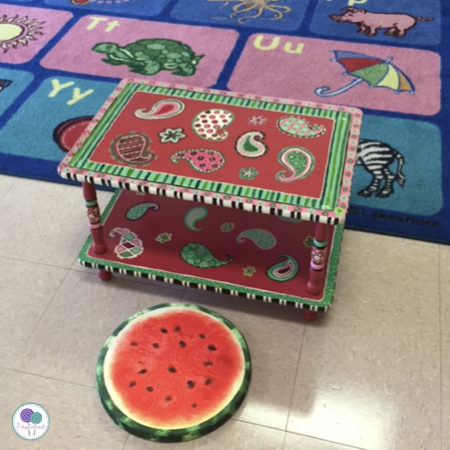
3. How do I introduce flexible seating?
What To Do First
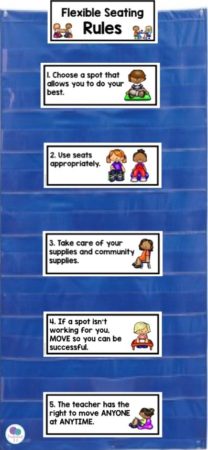
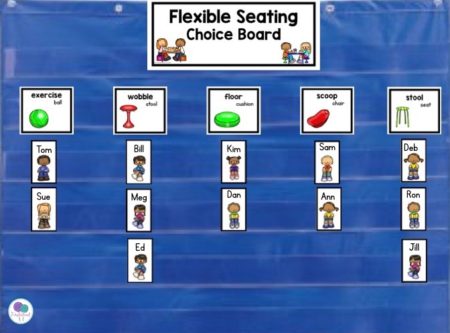
4. Did the students fight over where to sit?
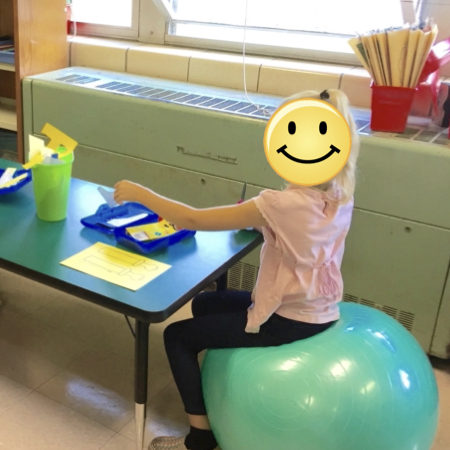

5. Some kids sat alone? Didn't they feel punished or isolated?
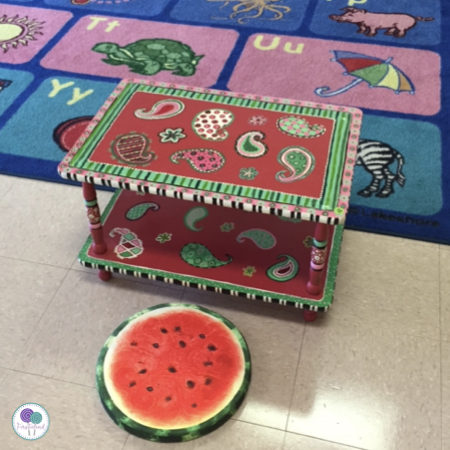
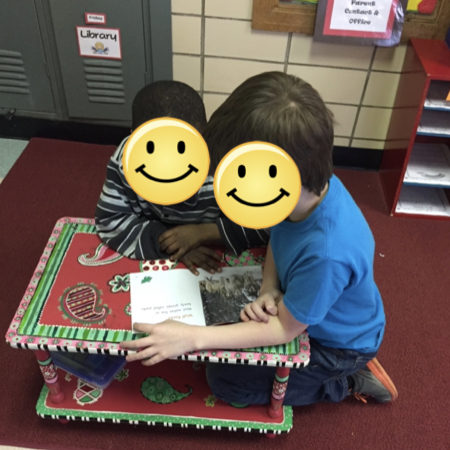
6. What kind of seating did you have?
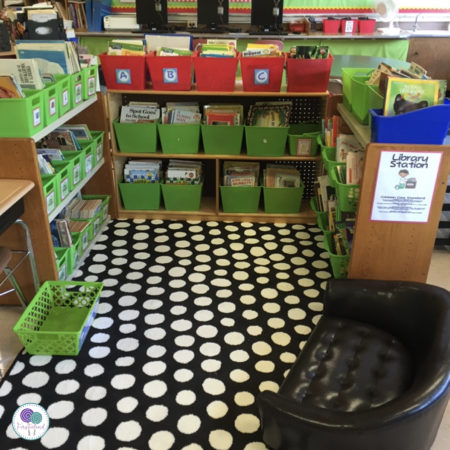
What To Keep And What To Toss
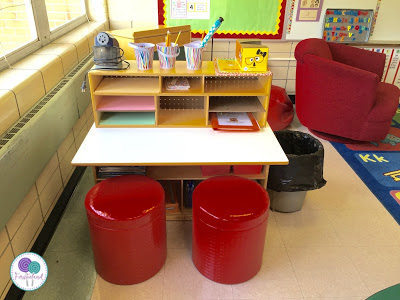
7. Where do students keep their supplies?
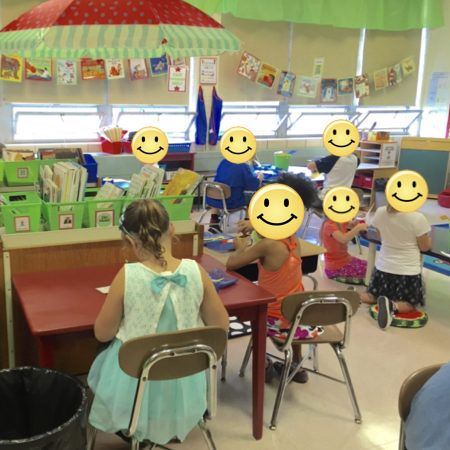
8. What did the parents think about flexible seating?
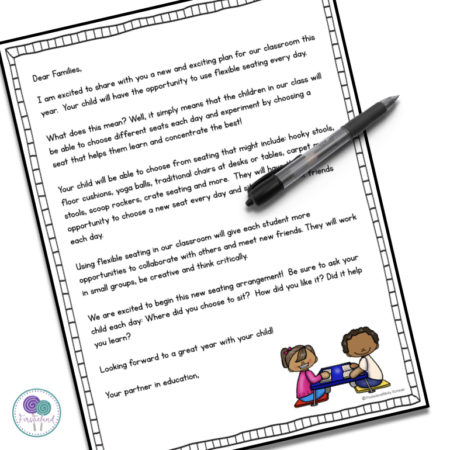
9. What did the administration and other teachers think about flexible seating?
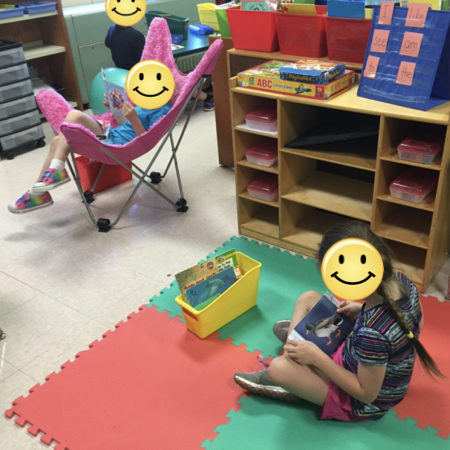
10. I'm still not sure….convince me!
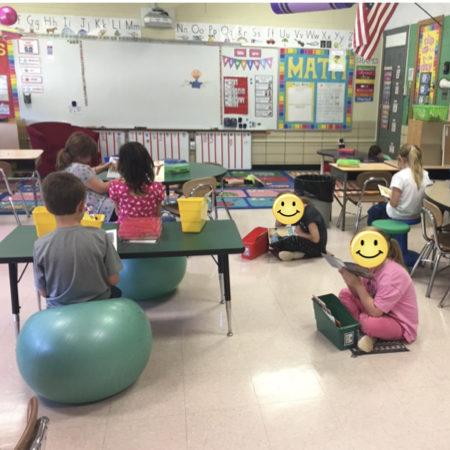
What I Learned

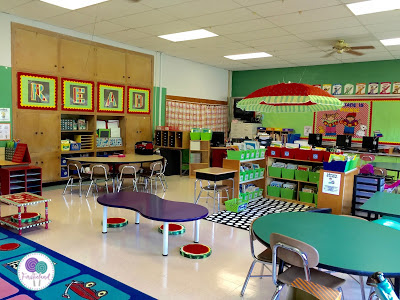
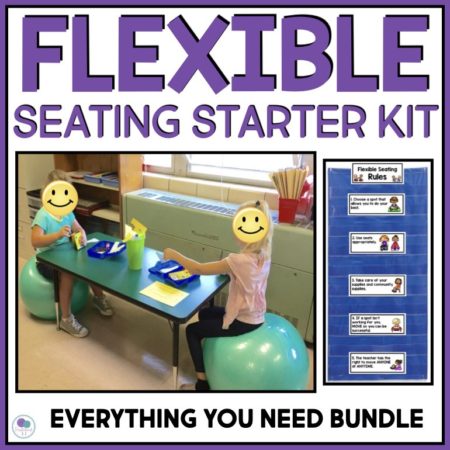
Save these ideas for later!
Take a minute to save these tips to your favorite back-to-school Pinterest board so you can remember them later!
Need more ideas for classroom routines and procedures? Check out this post:

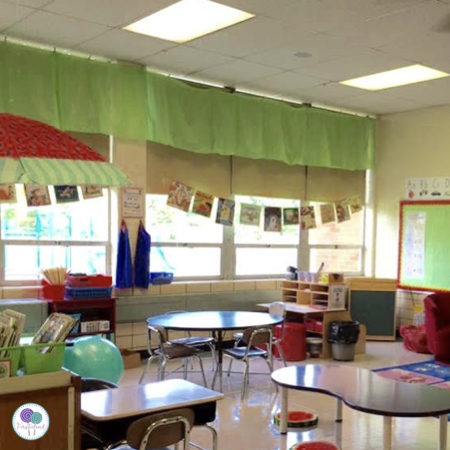
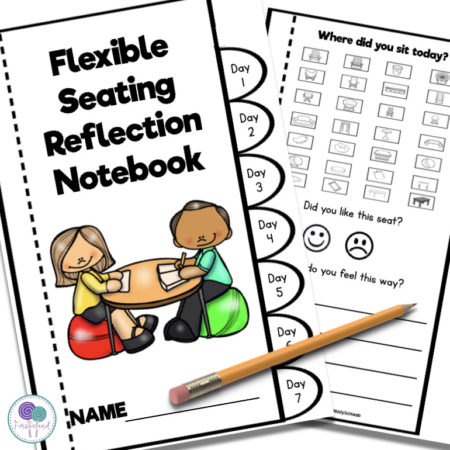
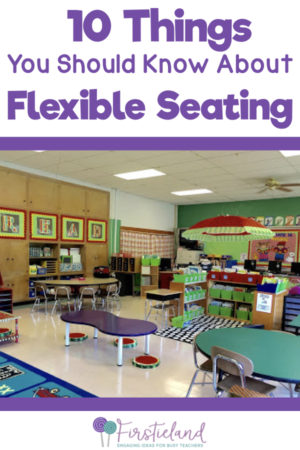
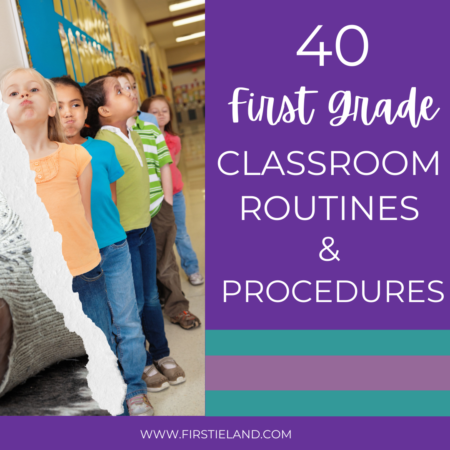

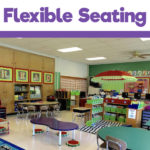
It's sad to note that teachers like wants to do some initiatives and put new ideas like this in the classroom but I just can't because the average number of pupils in our class is 42 and regurar classroom size is approx 6x6m. With only 1 teacher with 7 subjects all academics from 7:30-11 & 1:00-4:00 actual contact with kids…. only in kinder that has play & nap time. May I know the standard size of your class & classroom please in your country?
Class size and classroom size differ all over the United States. I can tell you that the average class size in my district is around 16-18 students. I'm not sure of the size of my classroom, but it is rather large as you can see from the photos. Plenty of room for flexible seating.
Hi Molly – Great article! I have used flexible seating in my kindergarten classroom and my district has asked me to present at our August K-1 conference. May I share the link to this post as a reference? I have my own classroom photos and experiences to share, but want to provide others as well. Thanks for your consideration! Jenni
Hi Jenni – Absolutely! I'm glad to hear that flexible seating is working for you 🙂 I'd love to have you share this article at your conference. Send me a PM to my email address….I have a little something you might like to use at your conference. firstieland@gmail.com
Hi,
I’ve used flexible seating for a couple of years and really like it. Our school has the kids eating in our classrooms for two seperate nutrition breaks. Do your kids eat in your classroom? If so, do they all eat at tables?
Nice article. I agree with everything you said. I am the only teacher in my school who does flexible seating. I'll never go back to rows of desks! I teach second grade and have a maximum of 24 students. I've had as little as 19, which was awesome, but usually have 22. Parents and teachers comment on how "open" my classroom looks. It's a bit like a Pinterest explosion, but who doesn't love that? I make sure I use a lot of calm colors, like blue, green and purple. No red! I'm fortunate to have a large room (30×30, I think) and really high celings (16ft) with high windows. I use every square inch and I don't have a desk. I used dressers and chests of drawers for my storage and find sturdy wood furniture on Craigslist for the classroom rather than sterile school desks. Hubby cuts legs down to make tables shorter. I teach lessons on the carpet in front of the whiteboard and TV and then send them off to pick their seats. I have a helper everyday who dismisses rows based upon "readiness" or "quietness." It's so funny how kids will listen and be ready for their peers so much faster than for the teacher. Getting ready to start my fifth year teaching and my third year with flexible seating. Have a great year!
Thanks for this article. I half do flexible seating which means all the kids have desks, there are wobble stools, yoga balls and regular chair choices which switch each week, but lots of floor choices for independent work time- scoop rockers, large pillows, core cushions, clip boards, lap desks. I plan to retire within 5 years and don't want to take the time and expense to totally redo the room. I love the idea, but my room isn't big and I get 25-31 (last year) kids and not enough storage spaces much less support from admin. They don't care if I do it on my own, but getting anything from them would not happen.
I'm a 2nd grade teacher who began flexible seating last fall and I look forward to continuing this coming year! My students get assigned a number (i.e. 1-22) and each day, groups of students, such as 1-4, have "priority seating" for the day. As students arrive, the priority seaters enter first, to determine their seat for morning work. The remaining students make their selections afterward. However, every time students come to the large carpet for whole group instruction, seats can be changed. After the whole group lesson ends, the "priority seating" group leaves the carpet first to determine their seat for the next period of time, before another whole group lesson comes again. This process occurs each day, based on the student priority seating grouping, so students are allowed the flexibility to work at different options, based on the work/task. I found this method very helpful for the students and it truly allowed them to work in an area that was best for their focus and learning, based on the task at hand.
Donna